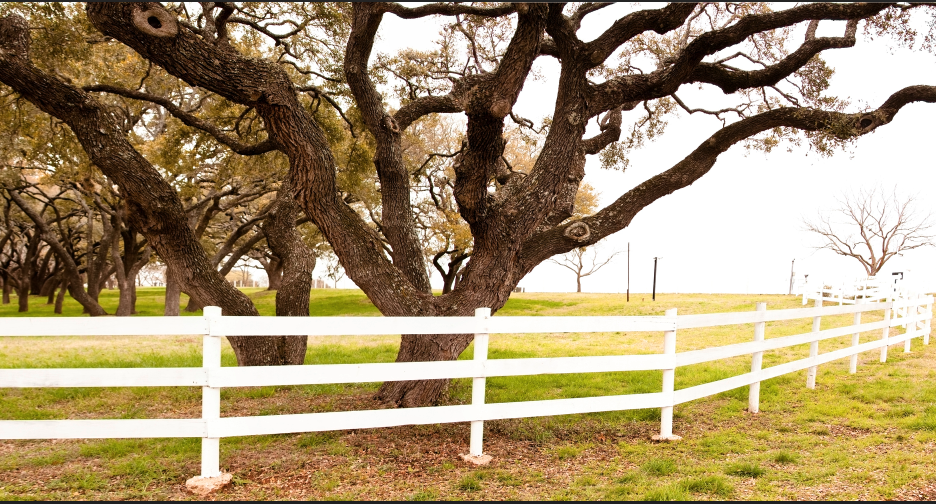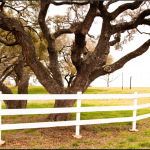Live Oaks are majestic trees that can be the centerpiece of home and landscapes in well-drained soil under many weather conditions. The Live Oak is known for its longevity and durability. Providing this popular shade tree with ongoing care will keep it healthy and looking beautiful for generations.
Dead limbs need to be pruned out for safety reasons and keeping the dead wood out allows for good wound closure, which is important for the health of the tree, but there are other factors when it comes to pruning a Live Oak. Inspecting the canopy is very important. If limbs are becoming too heavy at the ends, selectively thin those to lighten the load to prevent limb failure. As trees get older, growth will slow. That’s the nature of the lifecycle of a tree. Proper care will help the tree to continue growing and maintain health and foliage. Taking care of the tree will allow it to sustain itself. In natural conditions, Live Oaks may not require fertilization, but in a managed landscape Live Oaks benefit from an appropriate fertilizer containing nitrogen, phosphorus and potassium.
Protect the Roots: For homeowners with Live Oaks on their property, the most important element of care is to minimize competition for resources. Getting rid of anything that might disturb the root zone and inhibit the roots from taking in water and nutrients will help. That can mean underlying plants, ground cover, other trees or even turf. Removing the sod, foliage and replacing it with mulch can make a huge difference.
Cabling/Bracing: When the tree grows in such a way that it can’t support the weight of some bigger branches, a cabling system is designed to take some of the stress off of those bowing branches. Cabling can also be added to reduce the load on the limb and actually preserve the limb.
These maintenance practices apply to a tree of any age, but it’s all about monitoring the tree and understanding the life cycle (young growth, maturity and then natural decline). Minimizing the decline factors and to make certain the needs of the tree are met before they become a problem.



